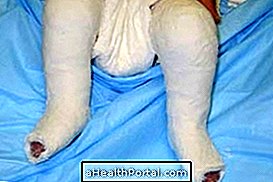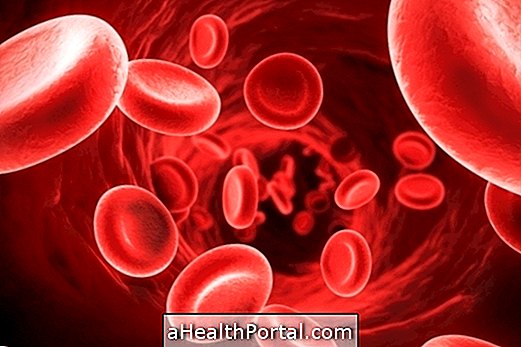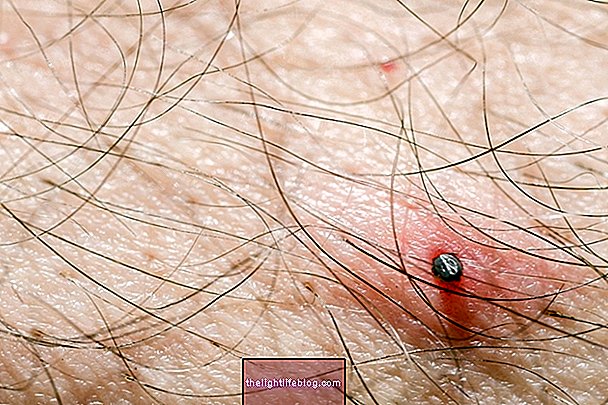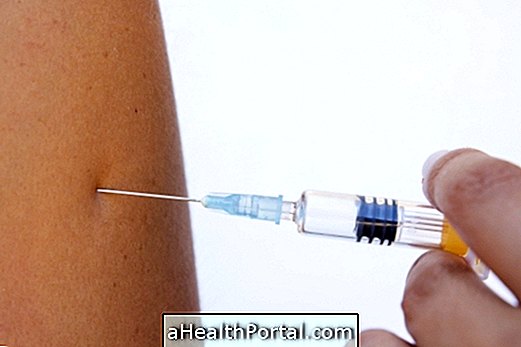To heal a wound quickly, in addition to being careful with the dressing, it is also important to eat healthy and avoid other harmful lifestyle habits, such as smoking, drinking alcohol or having a sedentary lifestyle.
This is mainly because circulation is impaired and therefore there is not enough blood reaching the wound to allow proper healing, delaying healing of the wound. However, it is always important to keep the wound clean to avoid an infection that, in addition to delaying healing, can also harm overall health.
Thus, some steps that guarantee a faster healing and avoid the appearance of ugly scars and other complications, are:
1. Wash the wound and make a bandage
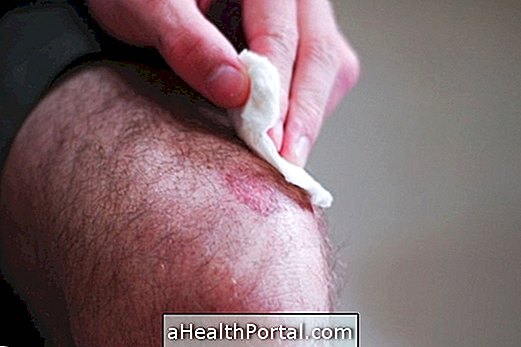
In simple wounds such as a cut or scratch, the first step should be to wash the wound and the skin around to remove as much bacteria and viruses as possible, preventing the development of an infection. This washing can be done with saline solution, but also with neutral pH soap and water.
In surgical wounds or those that are more serious and exposed, although washing is also indicated, it should usually be done with saline and sterile material, so it is very important to go to the hospital. But if the wound is very dirty, you can throw some serum to remove the dirt before going to the hospital.
Afterwards, a dressing should be made, at least for the first 24 hours, while the crust has not yet formed, in order to prevent bacteria from entering the environment into the wound. Here's how to do a proper dressing.
2. Apply heat to the wound for 15 minutes
Applying a hot compress over the dressing or wound for 15 minutes helps increase blood flow to the area by increasing the amount of nutrients and cells in place, accelerating healing. This technique can be done 2 to 3 times per day, but should only be done after the cone has formed.
If the site becomes very swollen or causes pain, remove the compress and avoid applying heat during that day or, then, apply the compress for less time.
3. Keep the wound elevated
When the wound site becomes swollen for more than 2 days, it is important to try to elevate the wound to reduce fluid build-up and facilitate blood circulation. This type of swelling is more common in people who have heart or circulation problems and usually arises from leg wounds. Thus, it is important to place the legs about 20 cm above the heart level at least 3 times a day or whenever possible.
4. Eat Omega 3 and Vitamins A, C, and E

Omega-3-rich foods such as salmon, tuna, or chia seeds, as well as those rich in vitamin A, C, and E such as orange, mango, tomato or peanut, are a great way to organism and stimulate the formation of the tissue that closes the wounds and helps in the creation of the new layer of skin.
For example, making a richer diet in this type of food and avoiding others that make it difficult to heal, such as sugar, soda, chocolate milk or pork, for example, is a great way to ensure a faster cure of the wound. Check out a more complete list of healing foods and foods you should not eat.
5. Pouring a healing ointment
Healing ointments are also a good option to speed healing because they provide important nutrients for the regeneration of the new layer of skin, and they can also reduce the inflammation that makes healing difficult.
However, they should only be used about 3 to 5 days after the onset of the wound and with the advice of a doctor or nurse, as some ointments may contain antibiotics, without being necessary for the treatment of the wound. See the list of the best healing ointments.
How healing happens
Healing is a healing process that can be divided into 3 main phases:
- Inflammatory phase : lasts between 1 and 4 days and begins with a constriction of the blood vessels, to avoid a hemorrhage. But later, this stage evolves to the dilation of the vessels, so that the blood arrives in the place with all the necessary cells for the cicatrisation, generating symptoms like swelling, redness and pain;
- Proliferative phase : it lasts between 5 to 20 days and, at this stage, the formation of collagen and other fibers that help to close the wound begins;
- Maturity phase : the longest phase that can last between 1 month to several years, in which the body continues to produce collagen and correcting the balance of wounds in the scar, which allows it to decrease over time.
When either of these phases does not occur, either due to the lack of blood in the area or an infection, scarring is compromised and a chronic wound may appear, as in the case of diabetic foot, in which the wound needs to be treated by a nurse for several months or even years.
Alarm signals to go to the doctor
Although most wounds heal without any complications, there is always a chance of having an infection on the site, for example. Thus, it is important to go to the hospital if signs such as:
- Intense swelling that does not improve after 3 days;
- Presence of pus in the wound;
- Excessive bleeding;
- Very intense pain;
- Difficulty in moving the affected limb.
In addition, other symptoms such as persistent fever or excessive tiredness may also indicate that the wound is infected and therefore should also be evaluated.


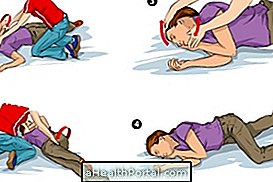

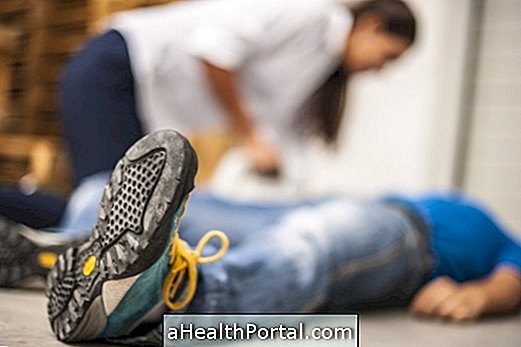

-o-que--sintomas-e-tratamento.jpg)

